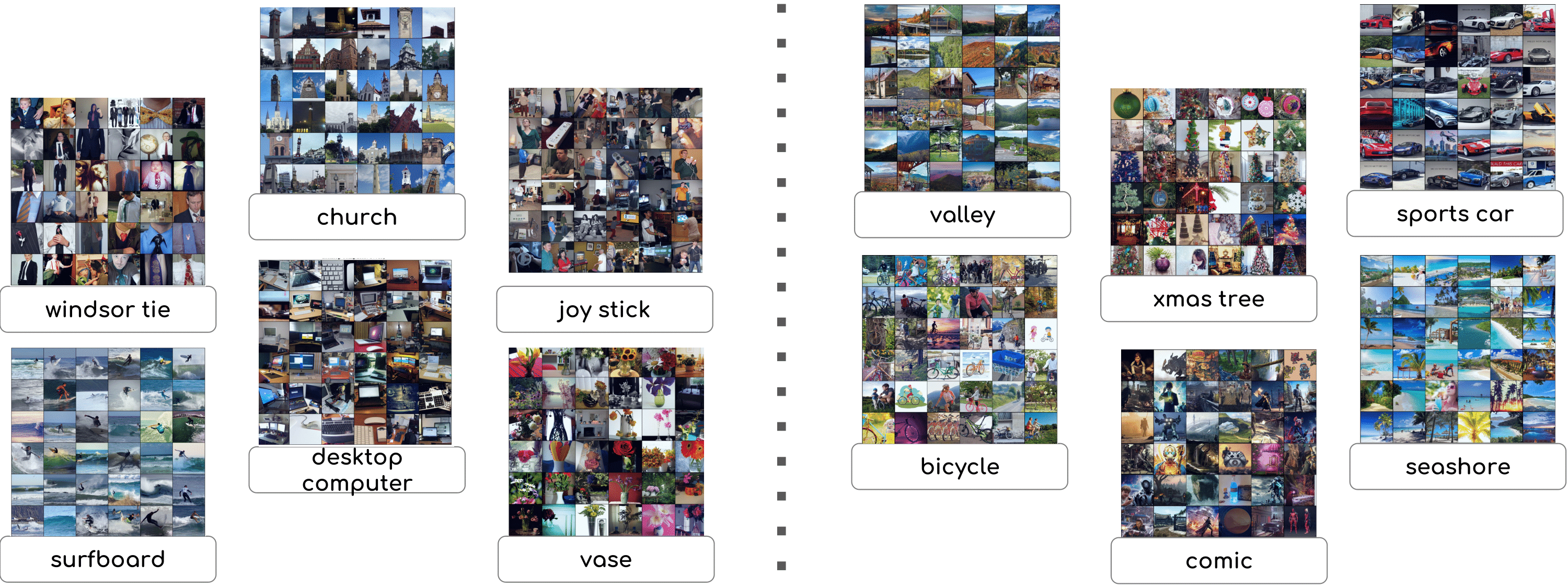Image Clustering via the Principle of Rate Reduction in the Age of Pretrained Models
The advent of large pre-trained models has brought about a paradigm shift in both visual representation learning and natural language processing. However, clustering unlabeled images, as a fundamental and classic machine learning problem, still lacks an effective solution, particularly for large-scale datasets. In this paper, we propose a novel image clustering pipeline that leverages the powerful feature representation of large pre-trained models such as CLIP and cluster images effectively and efficiently at scale. We first developed a novel algorithm to estimate the number of clusters in a given dataset. We then show that the pre-trained features are significantly more structured by further optimizing the rate reduction objective. The resulting features may significantly improve the clustering accuracy, e.g., from 57% to 66% on ImageNet-1k. Furthermore, by leveraging CLIP's multimodality bridge between image and text, we develop a simple yet effective self-labeling algorithm that produces meaningful text labels for the clusters. Through extensive experiments, we show that our pipeline works well on standard datasets such as CIFAR-10, CIFAR-100, and ImageNet-1k. It also extends to datasets without predefined labels, such as LAION-Aesthetics and WikiArts. We released the code in https://github.com/LeslieTrue/CPP.
PDF Abstract




 CIFAR-10
CIFAR-10
 MS COCO
MS COCO
 CIFAR-100
CIFAR-100
 WikiArt
WikiArt